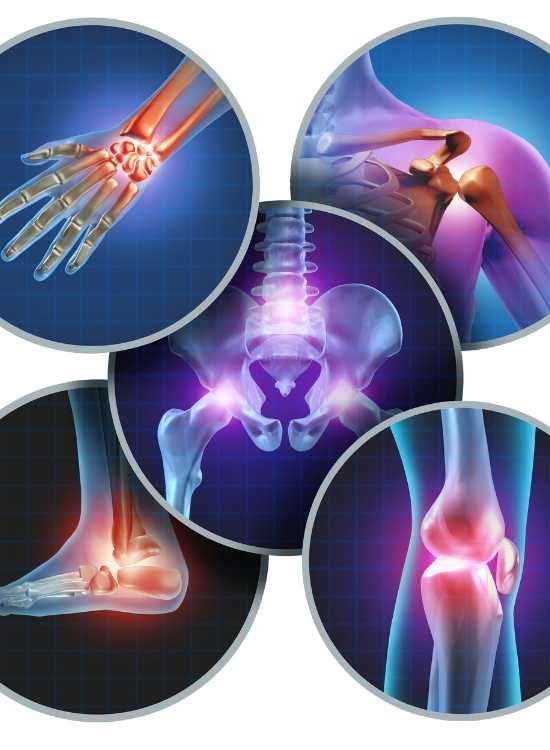Cannabis has been used from time immemorial to manage various medical conditions, particularly pain. According to research, the plant contains more than 140 cannabinoids.
Cannabidiol (CBD) and tetrahydrocannabinol (THC) are the two most widely-researched cannabinoids in the cannabis plant. However, CBD enjoys a higher reputation as an analgesic compound. That’s because unlike THC, CBD doesn’t produce any psychotropic or intoxicating effects.
Whether you’ve recently suffered a physical injury, undergone a surgical procedure, or are battling chronic pain, you can benefit from CBD’s pain-relieving effects.
The Mechanism of Pain

First off, it’s important to reiterate that pain is part and parcel of life’s experience. It’s also worth noting that your boy’s interaction with cannabidiol will depend on the kind of pain you’re experiencing and the type of CBD product you use.
When you buy CBD edibles from reputable brands, you’re assured of getting quality products. But even then, the onus is on you to establish your ideal dose, as it’s only then that you’ll reap the pain-relieving benefits of CBD.
To understand how cannabidiol relieves pain, you should begin by familiarizing yourself with how pain occurs and how your body signals it. Fundamentally, there are two types of pain, namely nociceptive and neuropathic pain.
Nociceptive pain emanates from a noxious stimuli. Pain receptors, known as nociceptors, pick up the electrical signals and relay them from the target tissues and organs to your brain and central nervous system. Examples of nociceptive pain are physical injury to a tissue, a muscle sprain, or bone fractures.
On the other hand, neuropathic pain results from an injury to the nervous system. Therefore, noxious stimuli isn’t necessary to detect neuropathic pain. Some of the medical conditions that trigger neuropathic pain include arthritis, endometriosis, migraines, cancer, etc.
The Role of CBD in Pain Management
The entire pain signaling mechanism is facilitated by a system within the body known as the endocannabinoid system (ECS).
In addition to relieving pain, research has unearthed various other functions of the endocannabinoid system, including;
- Treatment of anxiety
- Elevation of the mood
- Alleviation of inflammation
- Managing the body’s immune responses
- Regulation of learning and memory
- Regulation of the cardiovascular system
- Regulation of circadian rhythms
- Metabolism control
- Motor control
To deliver on these crucial functions, the endocannabinoid system relies heavily on its three core components. Those include endocannabinoids (also known as endogenous cannabinoids), endocannabinoid receptors, and the enzymes that facilitate the synthesis and degradation of the endocannabinoids. The main endocannabinoids that researchers have identified so far include anandamide (AEA) and 2-arachidonoylglyerol (2-AG), while the primary endocannabinoid receptors include CB1 and CB2 receptors.
The efficiency with which your body picks up and relays pain signals largely comes down to the interactions between your endocannabinoids and endocannabinoid receptors. Depending on how suppressed your general immunity is, your endocannabinoid system may not be very efficient at performing its core functions, one of which is pain management. That’s where cannabidiol comes in.
When you consume a cannabis-containing compound, the cannabinoids in the product (known as phytocannabinoids) enter your body through your endocannabinoid system. Once it reaches your ECS, CBD boosts the ability of your endocannabinoids to bind to your endocannabinoid receptors.
Contrary to what most publications suggest, cannabidiol doesn’t bind to your endocannabinoid receptors. Instead, it interacts with those receptors in a manner that changes their chemical formula. That way, your endogenous cannabinoids can bind more readily with your endocannabinoid receptors, resulting in a more effective pain signaling mechanism.
What Type Of Pain Can CBD Treat?

As we already mentioned from the beginning, you can use cannabidiol to treat both nociceptive and neuropathic pain.
A study published in the European Journal of Pain suggests that CBD might help to relieve arthritis pain. After applying CBD topically on arthritic rats for 4 days, researchers noted a significant reduction in pain and inflammation.
Research on the effects of CBD on multiple sclerosis has also yielded some positive findings. Cannabidiol relieves multiple sclerosis pain by treating spasticity, which is the primary symptom of the condition.
Besides arthritis and multiple sclerosis, CBD can also help to treat the pain associated with endometriosis, cancer, fibromyalgia, osteoporosis, migraines, etc.
Will CBD Make Me High?
One of the most nagging concerns among many new CBD users is whether cannabidiol gets them high. These fears emanate from the assumption that all cannabis extracts carry psychotropic properties.
Indeed, these concerns are genuine. While you’re trying to recover from a painful condition, the last thing you want is a substance that gets you high. When in an altered state of mind, it may be a bit difficult to monitor your recovery. Plus, establishing your ideal dose may be a problem, considering that intoxication requires a lower threshold compared to that required for a therapeutic drug to take effect.
Thankfully, CBD doesn’t carry any psychotropic properties. However, when shopping for a CBD product to use for pain management, beware of products labeled as ‘full-spectrum CBD.’ While CBD is generally non-psychoactive, full-spectrum CBD products contain the euphoria-inducing tetrahydrocannabinol. Therefore, such products carry some psychotropic and intoxicating properties.
If you’re a newbie, your best bet is to go for either CBD isolates or broad-spectrum CBD products. The former contains no other cannabinoids except CBD, while the latter is formulated with various cannabinoids except THC.
The reason CBD doesn’t make you high is that it only interacts with CB2 receptors and not CB1 receptors. Unlike CB1 receptors which are mostly expressed around the brain and central nervous system, CB2 receptors are found in the peripheral organs.
However, the role of THC in pain-relief shouldn’t be discounted either. According to a 2017 study, CBD was shown to work synergistically with THC to relieve migraines and headaches.
So, does CBD work for pain management? The answer is a resounding yes. Not only does cannabidiol treat different kinds of pain. Unlike conventional CBD presents no severe side effects.
